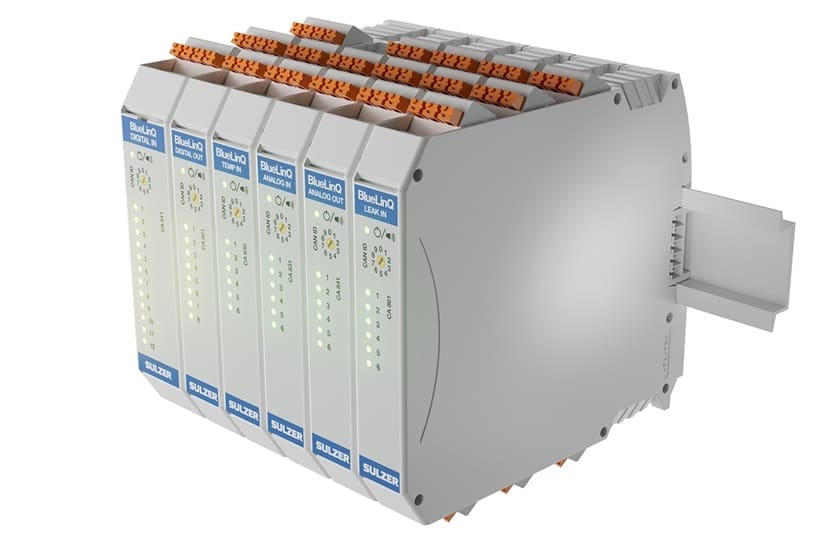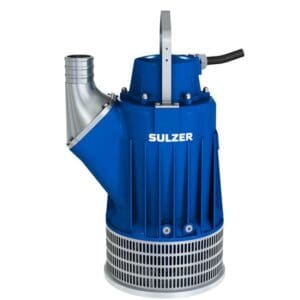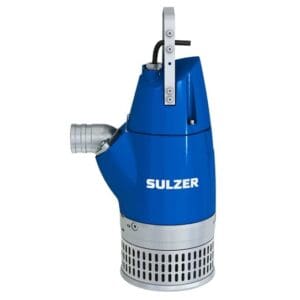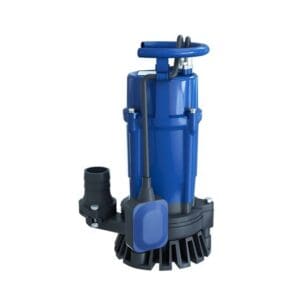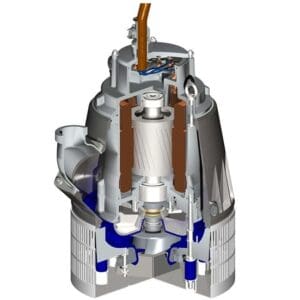Description
Sulzer Control and Monitoring equipment Pump controllers BlueLinQ modules -Expand your BlueLinQ connectivity
BlueLinQ modules:
BlueLinQ DI-12: 12 isolated digital inputs which can be used for digital signals such as high-level float, low level float, overflow sensor etc.
BlueLinQ DO-8: 8 digital output signals expand the capacity of the pump controller for signals such as pump start/stop, open/close valves, reset motor protector etc.
BlueLinQ AI-6: Up to 6 analog inputs which can be used for connecting sensor signals such level, motor current, pressure etc.
BlueLinQ TI-6: Analog Input for connecting up to 6 temperature signals x 9 modules.
BlueLinQ AO-6: 6 analog output signals such as level, pressure, flow etc can be transmitted over 4-20 mA.
BlueLinQ LI-6: Up to 6 isolated analog inputs for connecting to leak detection sensors on the pumps and mixers.
Combined or separate alarms can be set up for each module with a maximum of 32 modules in total.
Why choose Sulzer BlueLinQ modules?
They provide scalable and flexible expansion for pump control systems , allowing operators to add functionality and connectivity as operational needs evolve. Designed for seamless integration with BlueLinQ Pro and other Sulzer control platforms , they ensure optimized system performance and simplified upgrades without costly replacements.
Typical applications
Municipal and industrial pumping stations
Wastewater treatment plants
Multi-pump and multi-device networks
Systems requiring modular control expansion
Additional features
Plug-and-play expansion for BlueLinQ control systems
Modular architecture for tailored configurations
Support for additional I/O channels , communication interfaces , and control logic
Rugged design for harsh environmental conditions
Seamless integration without downtime
Compatibility with a variety of sensors , meters , and actuators
Built-in diagnostics and status monitoring
Sulzer BlueLinQ modules give you the flexibility to adapt and grow your control system with ease, ensuring that your pumping operations stay efficient , connected , and future-ready without the need for complex overhauls.

